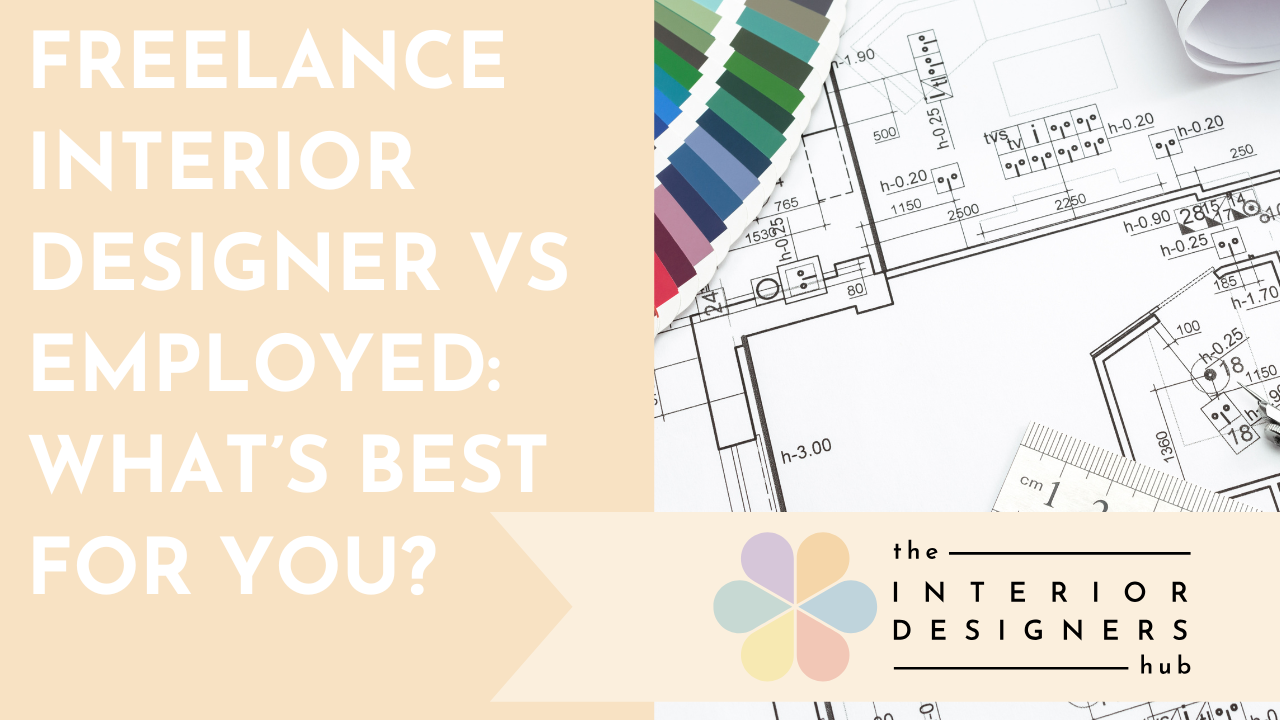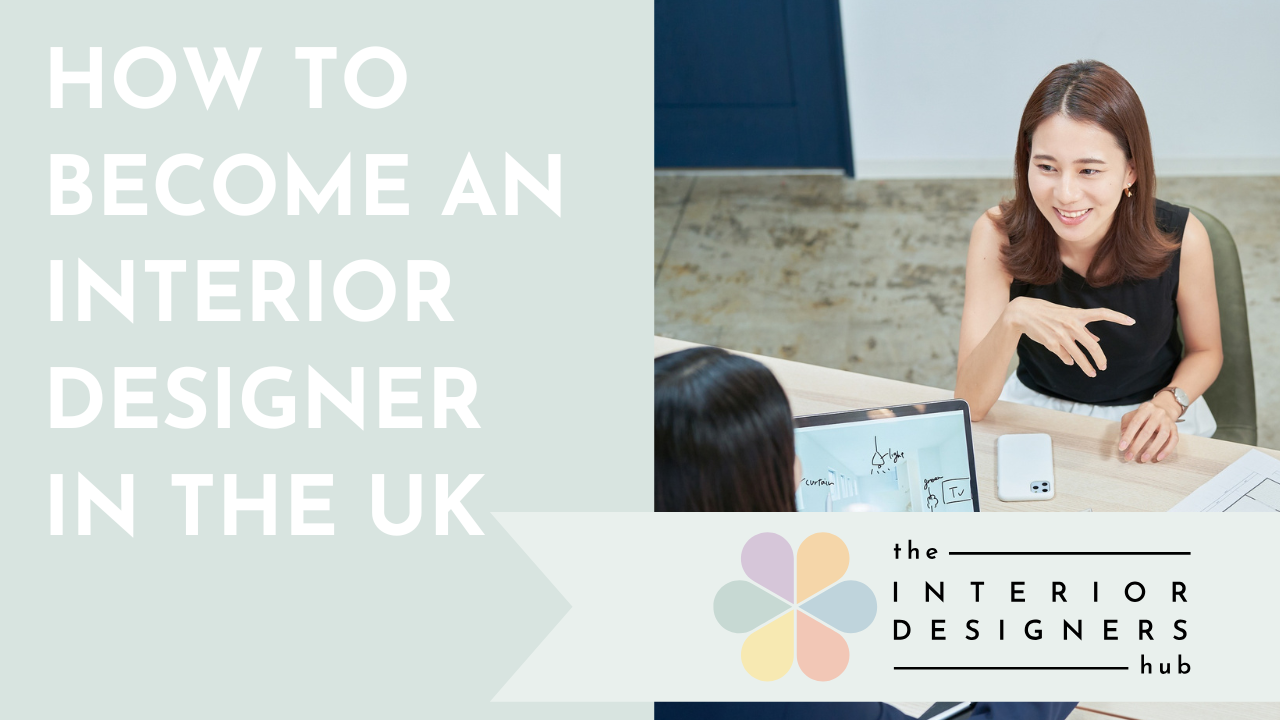Spotlight on Lighting #1 : The 3 Types of Lighting

Getting the lighting right in a room can be a tricky thing; it can make or break a scheme. If you get it right, it can create a cosy atmosphere, supply you with sufficient lighting for you to work and even create different moods. Get it wrong and you can have a stark, over bright room, or be fumbling around trying to see in a too-dim room. If you take a look at Amazon's Best Sellers in Lighting, it is clear to me that lighting is, and remains, one of the most under utilised aspects of Interior Design, and yet it is a subject that is often only briefly looked at in most interior design courses.
Lighting doesn't need to be complicated though, and if you understand a few key tips you can be advising your clients on the best lighting for their needs in no time!
In this mini-series on lighting, we're going to take a look at the different types of lighting, find out how to get the lighting right, and then look at some different products within each lighting category.
So let's start with the basics: What types of lighting are there?
There are three main types of lighting in an interior: ambient, task and decorative.
Ambient Lighting
Ambient lighting is the main lighting in a room, and it is often supplied by the overhead pendant. Recessed down lighters can provide a more sophisticated ambient light that doesn't over-expose the room. There is an amazing variety of pendant lights on the market but I would stress that you usually get what you pay for. Make sure that you build in enough contingency in your client's budget to do a proper job with the lighting; cutting the budget here can be a false economy.
I am a fan of the range from Cox and Cox as they offer a great balance of quality, whilst still being reasonable in price. Equally you can get some amazing value from time to time on Amazon such as this beautiful and inexpensive pendant light here by Frideko Home.
Decorative Lighting
Decorative lighting is where the light fitting itself is the feature. The strength of light produced can be variable, depending on the type of fitting. Fairy lights and chandeliers fall into the category of decorative lighting, for example but produce different strengths of light. These fairy lights below are from Lighting Ever and will create a pretty feature, but without producing much useful light; the perfect decorative lighting.
Decorative lighting can create so many different effects: it can be used to highlight artwork, either by shining a light onto it or by backlighting from behind a frame. You can also wash walls with light too: try wowing your clients by installing LED strips hidden behind curtain valances for example.
Task Lighting
Task lighting is self-explanatory. This is for when you need to see what you are doing when you are working. Spot lights in the kitchen, under cabinet lighting or a desk lamp are all examples of task lighting.
Questions to ask yourself:
When designing a lighting scheme for your client, there are several questions to ask before you get going. Go through the checklist below with your client to make sure that you are properly prepared.
1. What is the Purpose of the room?
Is the room going to be used for working? Socialising? Are you hoping to create a cosy mood or do you need to see to read? Don't forget that you can use more than one type of lighting in a room to meet different purposes.
2. Does the purpose of the room change throughout the day?
Is the room used as a study by evening and a social space on weekends? If so, consider a range of different lighting types to include task and ambient lighting. It's a good idea to layer your lighting with a mixture of floor lamps, table lamps and overhead lights because it creates depth to your scheme. Installing dimmer switches can help change your lighting from strong task lighting into a more cosy, ambient light for dinner parties.
3. Where are your sockets located?
If you are lucky enough to be working on a lighting plan before the room has been built, then all well and good. However, most designers inherit an existing room layout with sockets and switches already in situ, and we have to work with what we've got.
Look at the existing sockets in the room and consider the best way to position the lights. Consider where your clients will be in the room and what they will be doing (working, sitting, reading, socialising), and the proximity of those tasks to the light sources.
Think about using floor standing lamps, wall sconces or table lamps. If a socket is in a really awkward position, consider hiring an electrician to move it; it may not cost as much as your client thinks and it could be that you can negotiate this within the client's budget. But if you really can't move the socket, then don't be tempted to site your lamp too far away. Remember trailing wires are a hazard, and your client's safety always comes first.
4. How big is the room?
When choosing light fittings, always remember to consider the scale of the room, and plan your lighting accordingly. Small side lamps will look lost in a big room, and will provide insufficient lighting. Similarly, huge light fittings can dominate a small room and give too much lighting if you are trying to create a gentle atmosphere and ambience.
5. What features could you highlight?
Don't forget that lighting can also be used to highlight features in a room. Use pointed down-lighters to showcase a piece of artwork, hide an LED rope light behind a picture rail to illuminate the architectural features of the space, or put a spotlight above a favourite sculpture.
6. Smart Lighting
This is the topic of a blog post in its own right. Here at Interior Designers Hub HQ we exclusively use Phillips Hue, because their bulbs, hardware and app are bulletproof!
If you have spent an amount of time getting increasingly frustrated, trying to set up that cheap alternative product then you will know exactly what I mean (#voiceofexperience 😉) . A starter kit gives you all you need to get going and have a play around whether you are looking for spotlights, bayonet fittings or screw fittings all are catered for.
The only thing to watch out for when buying Philips Hue bulbs is to make sure you get the ones you were intending to purchase! I have made this exact mistake a couple of times when I have ordered at speed, only to come to regret this at delivery!
There are 3 types of Hue bulb: white, white ambience and full colour. The white bulbs just turn on and off. The white ambience bulbs are able to be dimmed and cycled from a warm white to a bright white, and the full colour bulbs are able to do all of the above and also be changed to any colour you wish.
There are so many effects that you can achieve with this emerging technology, so we'll be sure to dive into smart bulbs in a future post. Keep your eyes peeled folks!
Until next time x
This blog post contains affiliate links. We never recommend any products we wouldn't (or don't already) use ourselves. Seriously, our reputation is more important to us!
Not sure how to set up and run your own business?
👇 Grab our step by step roadmap and stop guessing! 👇
By submitting this form you consent to receiving marketing emails. You can subscribe at any time.










